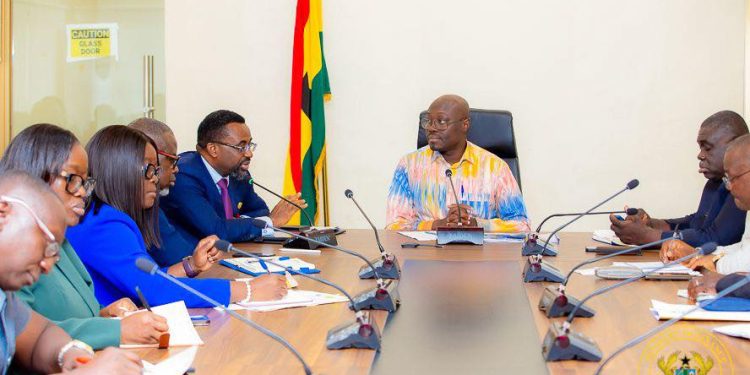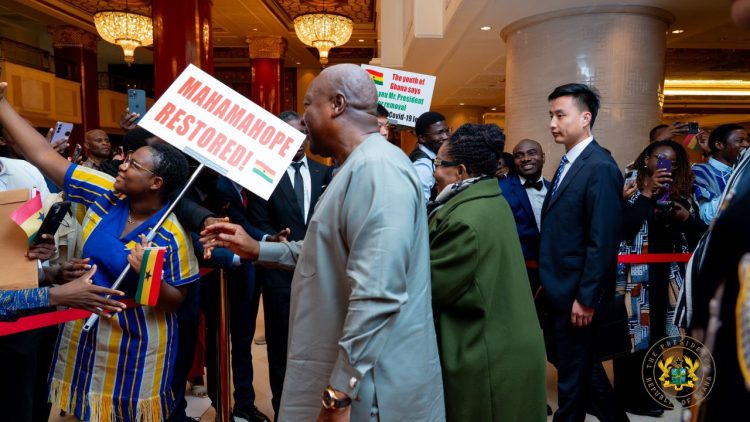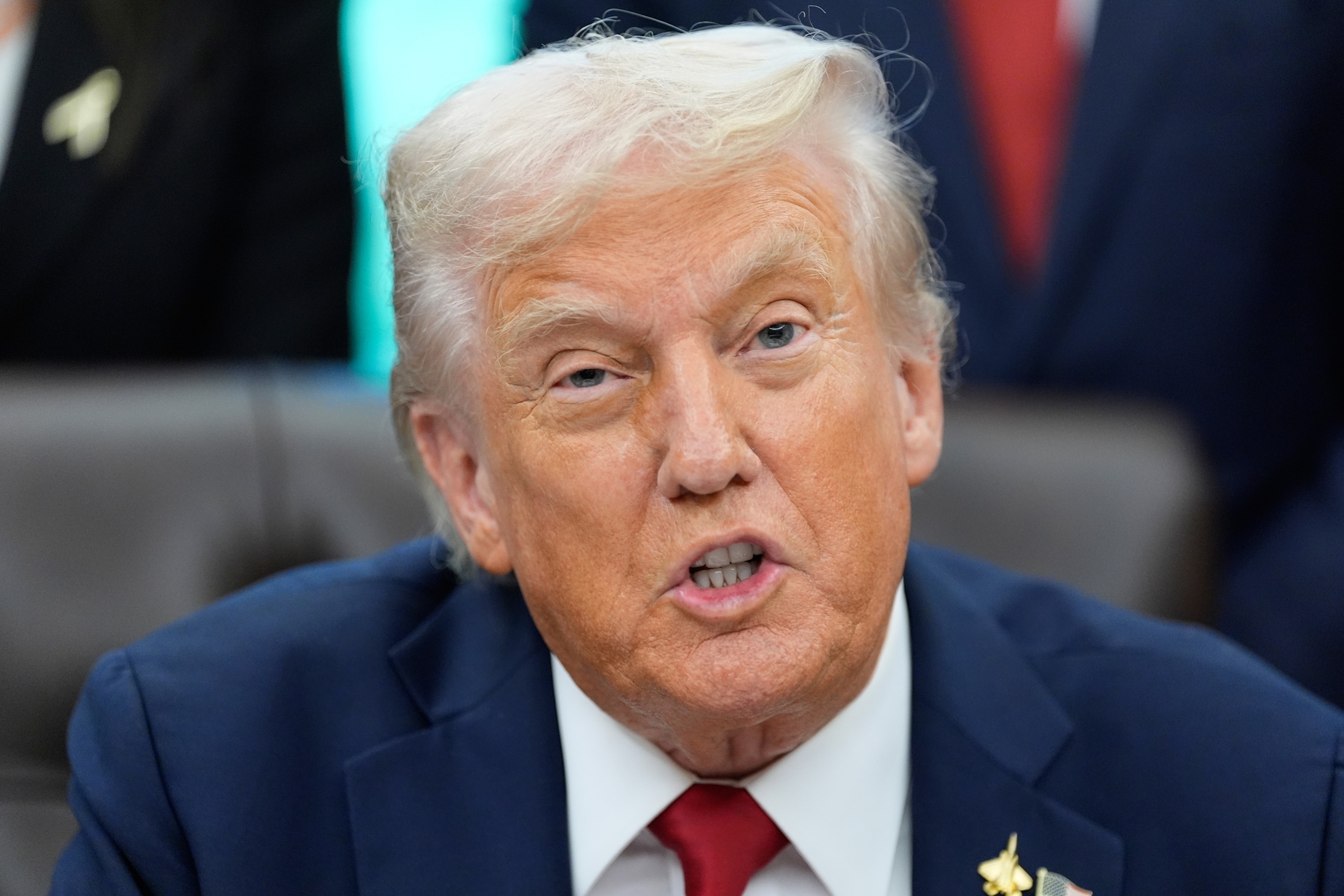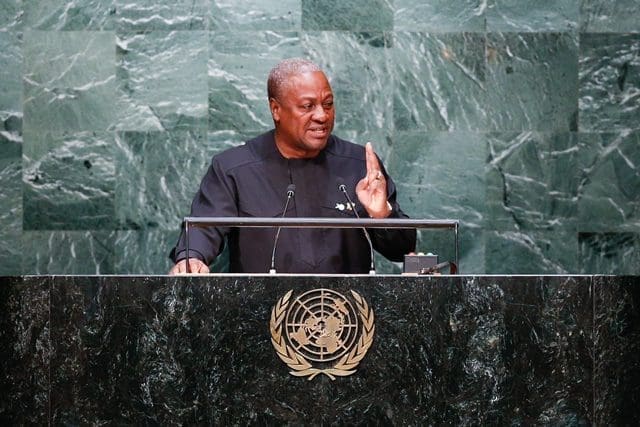A sweeping 50% tariff imposed by U.S. President Donald Trump on Indian goods has officially taken effect, weeks after Washington had already slapped an additional 25% penalty on India over its continued purchases of Russian oil and weapons.
The move places India – until recently America’s largest trading partner – among the countries facing the steepest tariffs globally. Analysts warn the escalation could severely hit exports and economic growth in the world’s fifth-largest economy, where millions of livelihoods are tied to export-driven industries ranging from garments and jewelry to seafood.
Modi’s Response: Tax Cuts and “Made in India” Push
Indian Prime Minister Narendra Modi has responded with promises of sweeping tax reforms aimed at cushioning the blow. Addressing crowds at Delhi’s Red Fort on Independence Day, Modi, wearing his signature saffron turban, urged citizens to embrace “Swadeshi” – or “Made in India” – as both a patriotic duty and an economic necessity.
“We should become self-reliant – not out of desperation, but out of pride,” he declared. “Economic selfishness is on the rise globally, and we must not allow others to hold us in their clutches.”
Earlier this month, Modi pledged a “Diwali gift” in the form of a major tax reduction for households and small businesses. His government has already delivered a $12 billion income tax giveaway in the 2025 budget and is now pushing for a simplified two-tier goods and services tax (GST) system, expected to provide an additional $20 billion stimulus to consumption.
Consumption-Led Growth
Private consumption, which drives nearly 60% of India’s GDP, has slowed in urban areas due to job losses and weaker wages in key industries such as IT. However, rural spending has remained resilient thanks to strong harvests.
Analysts at Jeffries and Morgan Stanley believe Modi’s tax reforms could revive demand across consumer-driven sectors, including automobiles, garments, cement, and housing, particularly around the Diwali season. UBS analysts note that GST cuts may have a stronger “multiplier effect” than earlier corporate tax reductions, as they immediately lower prices at the point of purchase, encouraging higher consumer spending.
India’s central bank, which has already cut interest rates by 1% in recent months, may be prompted to ease further if consumption strengthens. Meanwhile, a scheduled salary hike for half a million government employees next year is expected to add further momentum.
Markets and Ratings
Despite global trade headwinds, investor sentiment remains cautiously optimistic. India’s stock markets have rallied on expectations of stronger domestic consumption. In a significant boost, S&P Global recently upgraded India’s sovereign rating – the first in 18 years – a move likely to reduce borrowing costs and attract foreign investment.
A Fragile Outlook
Even so, India’s growth trajectory has slowed from the 8% levels of recent years, and its external challenges are mounting. Trade negotiations with Washington, which were due to begin earlier this month, have been suspended amid escalating tensions over India’s energy ties with Moscow.
Experts warn that Trump’s 50% tariff effectively acts as a de facto sanction on trade between two of the world’s largest economies – an outcome that would have seemed unthinkable just months ago.
For now, Modi’s message to Indians is clear: make in India, spend in India, and prepare for economic self-reliance in an increasingly protectionist world.
Source: Adapted from BBC.com














